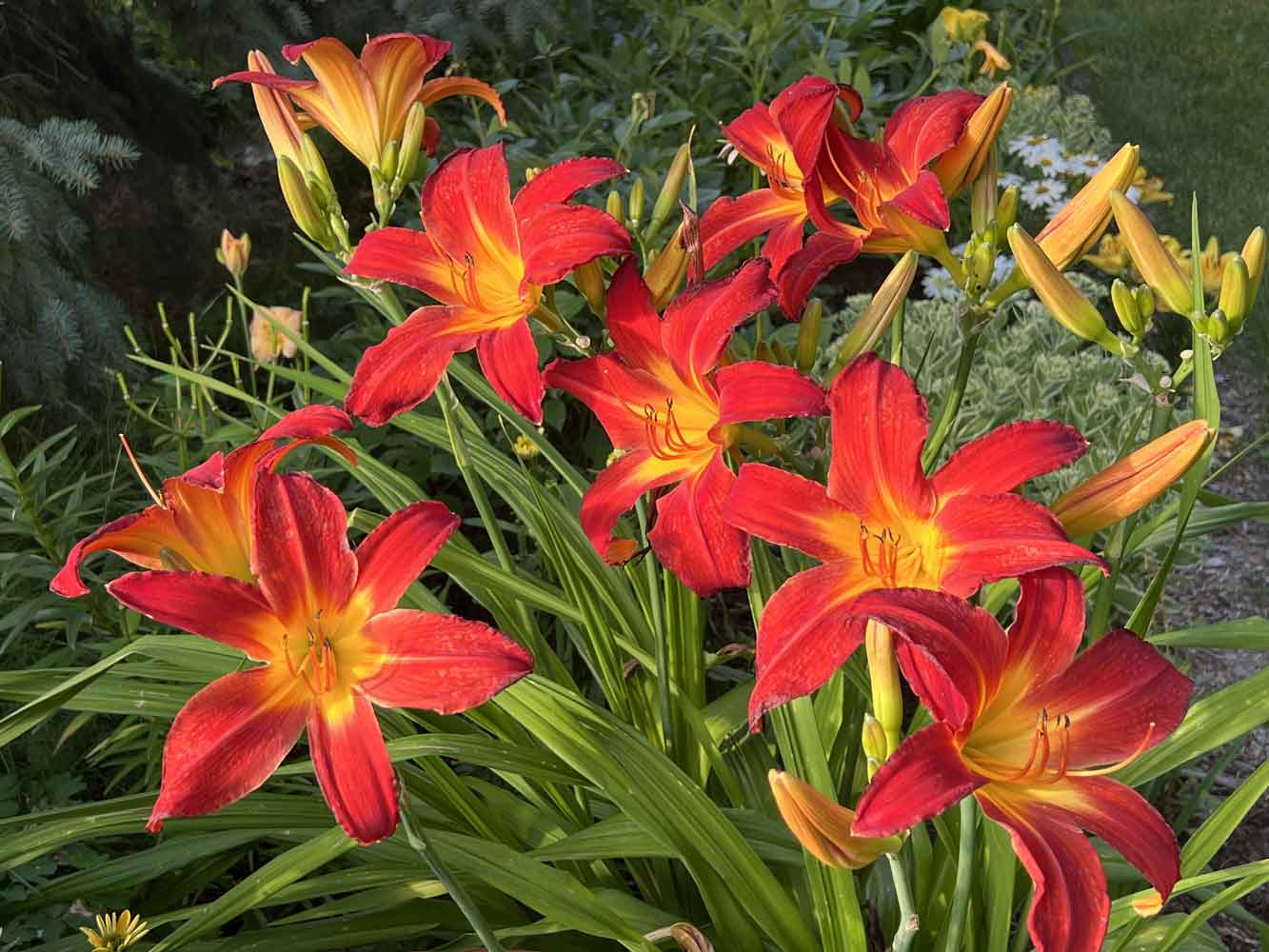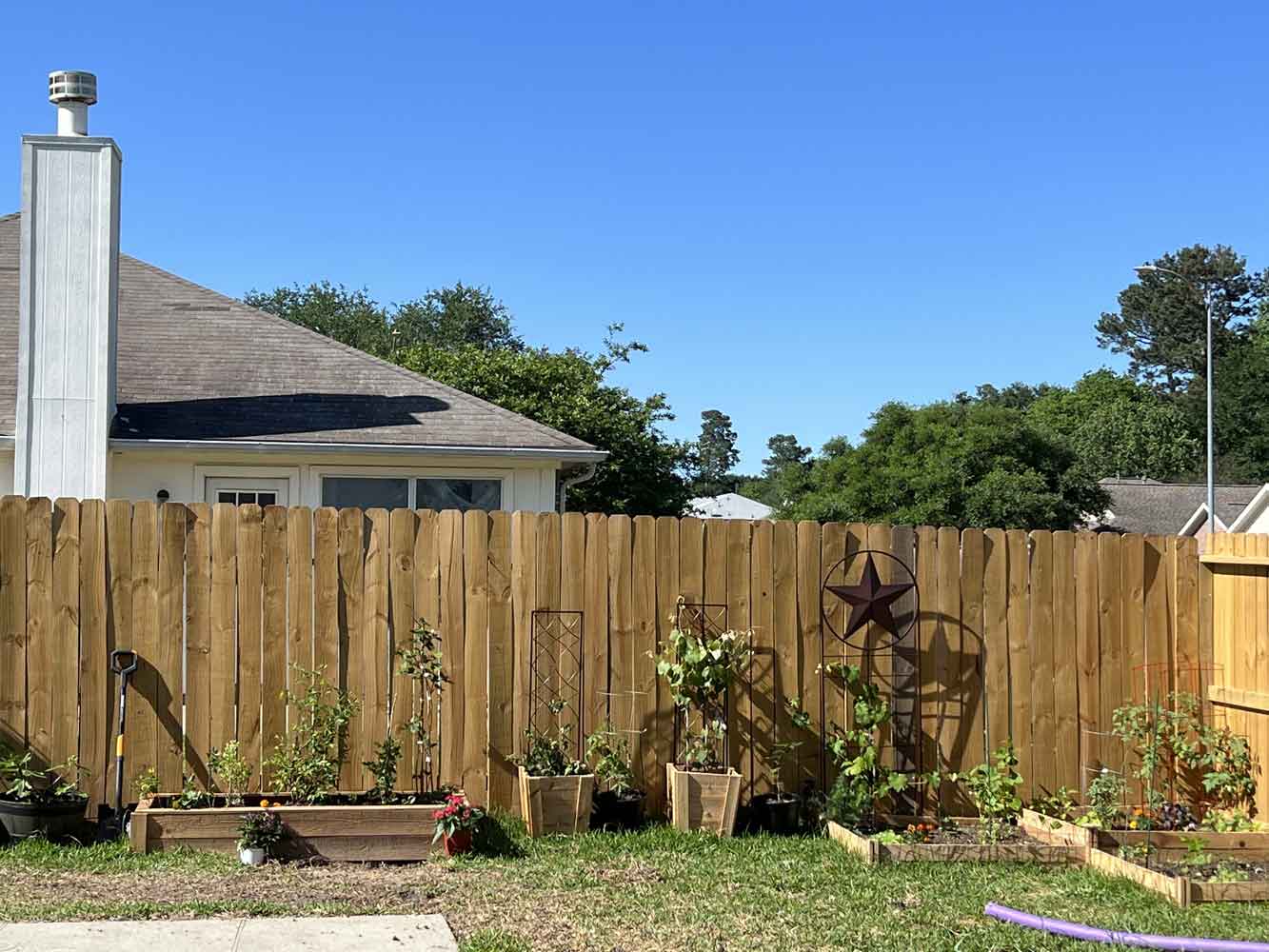When to Plant Daylily Roots
In the north, spring planting is advised. In colder climates, if daylilies are planted in the fall, they often die because they do not have time to form new roots and begin to anchor before winter arrives. Some experienced gardeners in the north will fall plant, but they consider the hardiness of the plant and take preventive measures like mulching. In the south, the best times to plant are early spring or very late fall. Note that daylilies planted in July-September face a high probability of rotting if humidity and temperatures are high (i.e. over 90 degrees).
Where to Plant Daylily Roots
Daylilies require full sun (North cooler zones) but can tolerate light shade (South warmer zones) as long as they receive at least six hours of full sunlight every day. Prior to planting, loosening the soil to allow oxygen into the soil is recommended.
How to Plant Daylily Roots
Compost or manure are often used to help fertilize Daylilies, and is recommended especially to those with nutrient poor soil. Fertilize the plants two to three weeks after planting. Fertilize once in early spring and, if preferred, again in late summer. Daylilies should be planted in relatively shallow holes; the size of the bulbs will determine the size of the hole. The hole should be wide and deep enough to place the bulb inside without bending the roots, plant with the eyes toward the surface. The top of the bulb should be close to one inch under the surface.
We recommend watering the Daylily immediately upon planting them. Daylilies do not like to get dried out, but they do not like to be kept in a soggy environment. Unless you are in an extremely dry climate, regular watering after planting is unnecessary. As is common, Daylilies prefer a heavy watering once a week as opposed to a daily light watering. Regularly weed the area around the plant to avoid root confusion when you go to transplant or separate your bulbs.
How to Care for Dayliles
Remove dead blooms and leaves if you prefer a manicured appearance. In the late fall, trim the remaining dead leaves down to ground level, and place mulch on top of the root system to protect the roots from cold freezing winter month temperatures.






